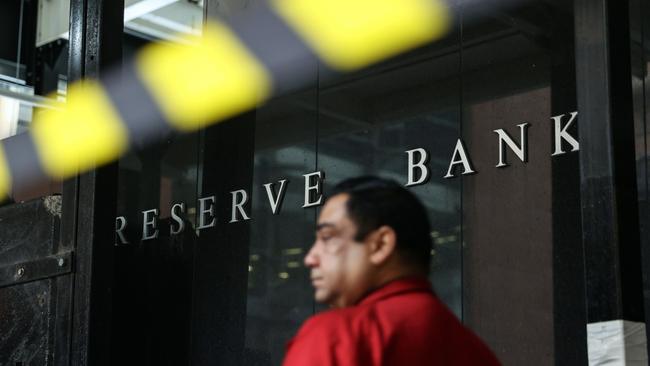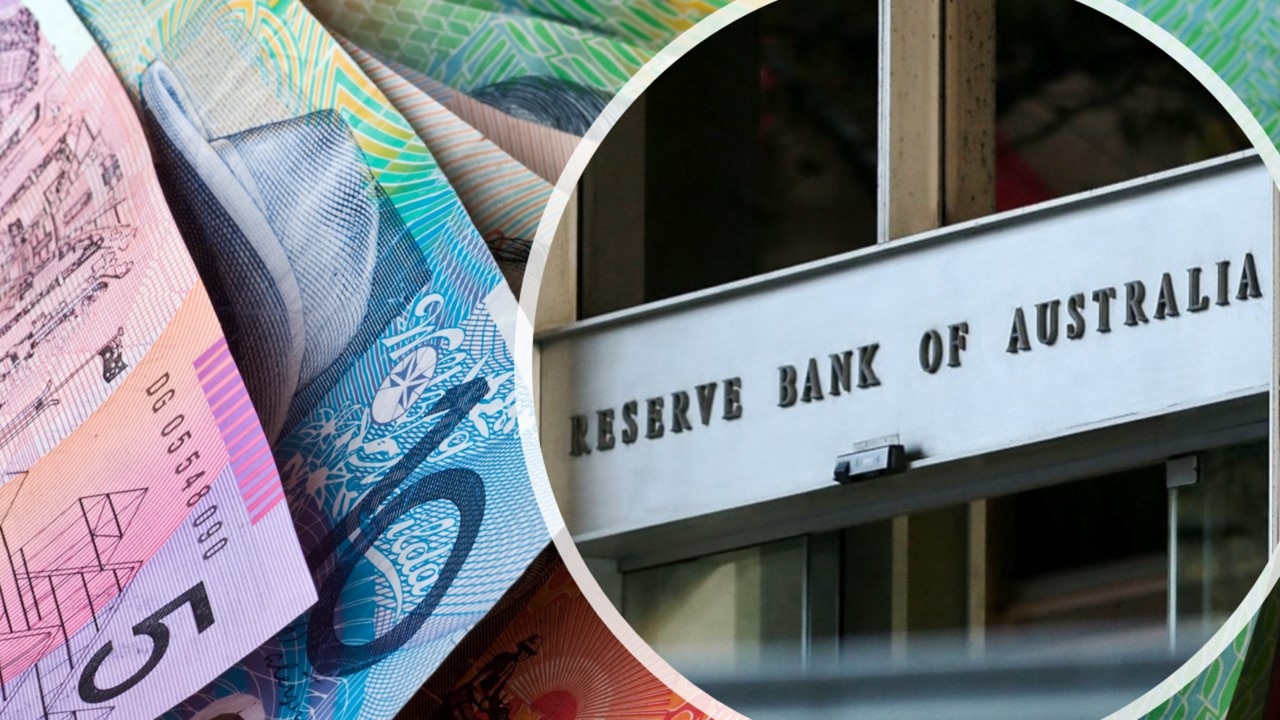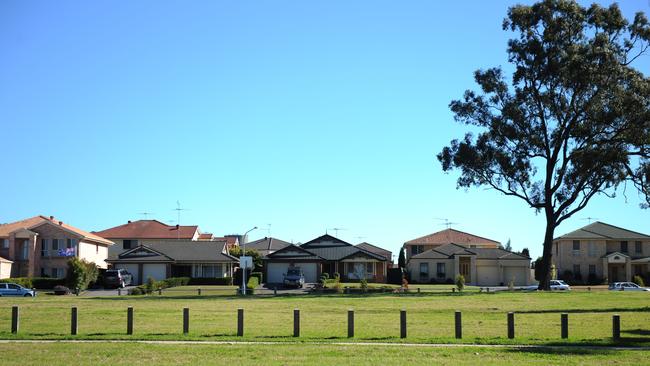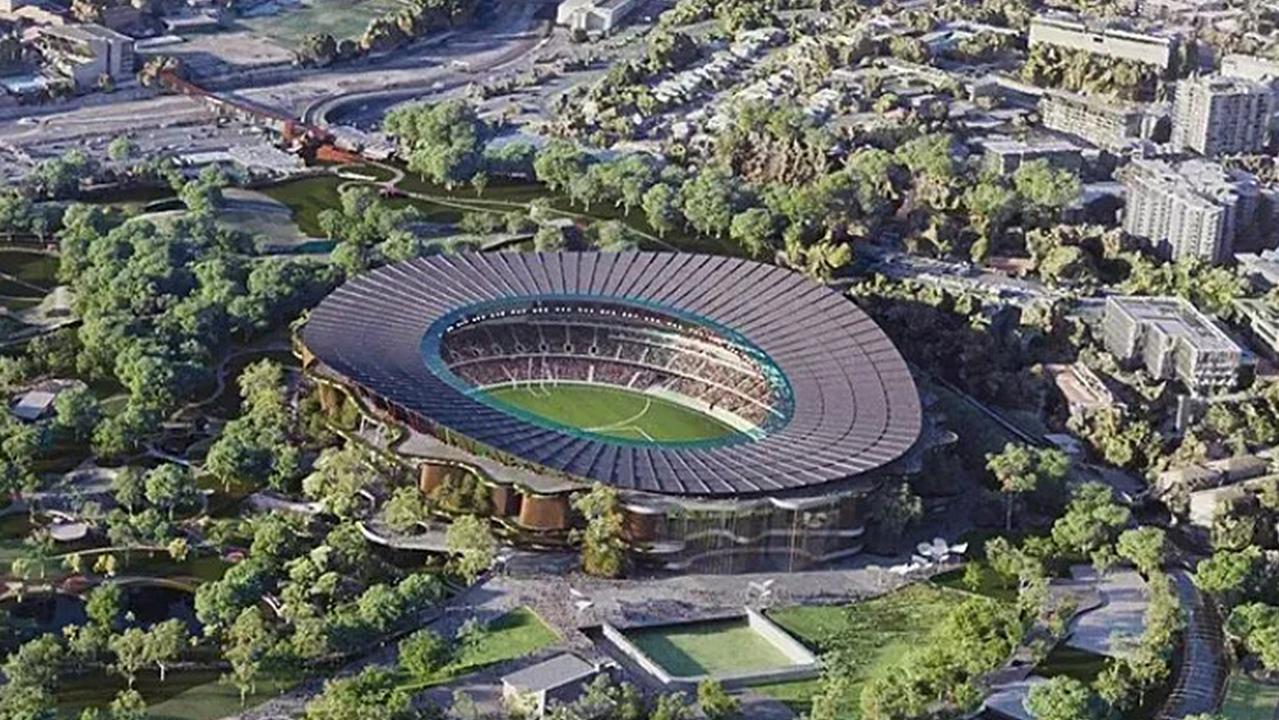Housing cost burden at 40-year high as RBA prepares to hike rates again
Analysis by ANU shows 28 per cent of mortgage holders’ take-home pay on average is now being gobbled up by loan repayments and other housing costs, such as council and water rates.

On Melbourne Cup day the Reserve Bank is set to hike rates for a 13th time since May last year, as mortgaged Australian families are already dedicating the highest share of their incomes to housing costs in at least 40 years.
Exclusive analysis by the Australian National University shows an average 28 per cent of mortgage holders’ take-home pay is being gobbled up by loan repayments and other housing costs, such as council and water rates.
The housing burden is substantially higher than in 1988, according to the research, when indebted families were dedicating 22 per cent of income to housing costs in the years leading up to the devastating early ’90s recession.
This is despite home-lending rates 25 years ago of 13.5 per cent, or more than double the 6.2 per cent average rate now charged on variable rate mortgages, according to RBA data, reflecting the much higher debt burden among modern households.

ANU associate professor Ben Phillips said a lack of detailed data on household financial stress made it hard to assess the point at which the soaring cost of living shifted from crunch to crisis.
“In the absence of comprehensive and timely financial stress data in Australia, it’s difficult to know to what extent families with mortgages are struggling,” Mr Phillips said. “We do know that most households with a mortgage are facing the highest average repayments relative to income in 40 years, suggesting that many households will find their current repayments challenging.”
As mortgage costs soar, living standards are going backwards at a faster pace than during the ’90s recession.
Independent economist Chris Richardson said taking into account consumer price rises, the average Australian’s annual disposable income had collapsed nearly 10 per cent, or $4400, between September 2021 and mid-2023.
“This squeeze is already very sharp and focused on family incomes. And it’s clearly going to get worse before it gets better,” Mr Richardson said. “What’s different now from an earlier time when a squeeze like this saw a recession is the sheer number of migrants … arriving here. They’re solving some things, and creating bigger problems in other things, so a mixed blessing for sure.”

Almost all analysts anticipate a further Reserve Bank rate rise on Melbourne Cup day after inflation figures for the three months to September showed slower-than-hoped progress on taming price pressures, particularly in the services sector.
CBA head of Australian economics Gareth Aird said mortgage payments as a share of income would continue to rise regardless of further rate hikes, with a large share of fixed-rate borrowers still to roll on to higher variable rates into next year.
Mr Aird said with record population growth adding to the overall size of the economy, any recession would be apparent in a rising unemployment rate, rather than the usual definition of two quarters of contracting GDP.
A key difference between now and the late ’80s, he said, was that inflation was higher and interest rates had to stay higher for longer. Consumer price growth ended 1988 at 7.6 per cent, before reaching 8.7 per cent in March 1990, compared to today’s 5.4 per cent.
But Mr Aird hoped Reserve Bank governor Michele Bullock would still be able to navigate the “narrow path” via a policy-induced slowdown that brought inflation under control without triggering a big rise in joblessness.
“There is still a scenario here where we don’t have a recession, and things slow in a desired way. The wages dynamic is encouraging, with growth still coming in consistent with the inflation target,” he said. “We also have a better starting point, where the jobless rate is incredibly low.”

NAB chief economist Alan Oster said he had always anticipated one more rate hike, and the prospect of a second would “not make a lot of difference” to the outlook.
“Personally, if I were the RBA I would not do anything and sit back and wait, because they have time,” he said. “But given what the governor has said, if she doesn’t follow up with a hike then there’s going to be an issue of credibility.”
Mr Oster said the fall in per capita consumption after inflation was also steeper now than in 1991, but the historically low unemployment rate gave families more opportunity to work their way out of financial stress.
This also gave the Reserve Bank more time to respond with rate cuts if unemployment began to rise too precipitously.
“When unemployment is really low, that’s an environment where you can juggle your finances for 12 months by getting a second job or by cutting back on spending,” Mr Oster said.
Home loan rates climbed to 17 per cent in 1989, triggering a collapse in spending and a severe recession that treasurer Paul Keating in 1990 said the nation “had to have”. On December 19, 1991, a day before he was sworn into office, Mr Keating said “it’s one of the statements I made as treasurer I regret, because it did not reflect the government’s policy, and it was a statement which seemed too uncaring at the time”.








To join the conversation, please log in. Don't have an account? Register
Join the conversation, you are commenting as Logout